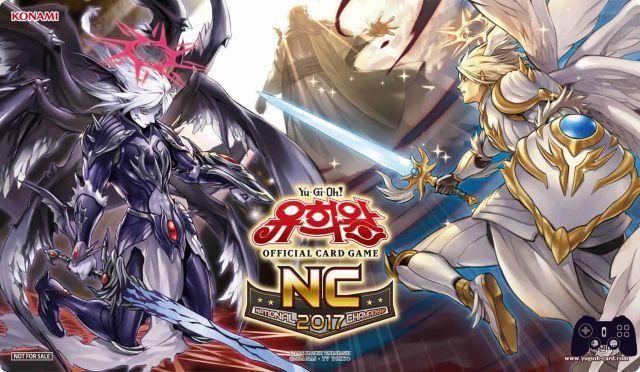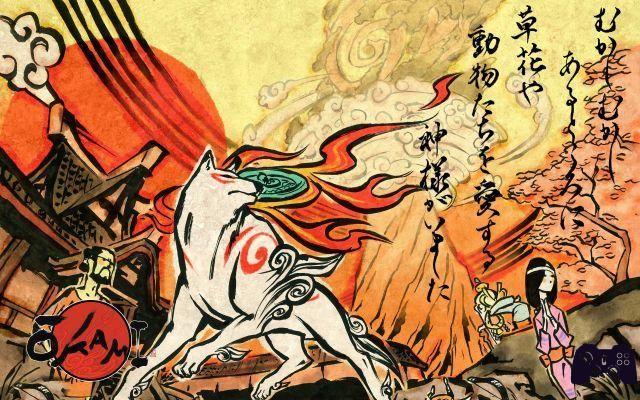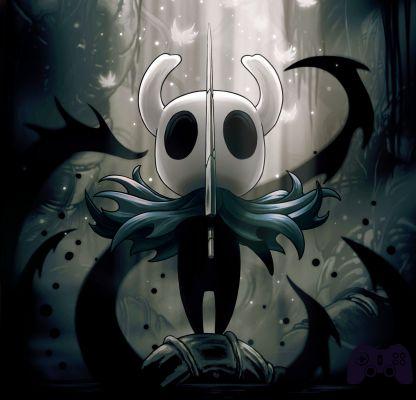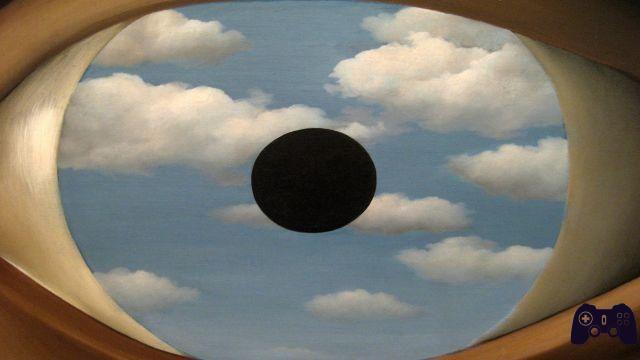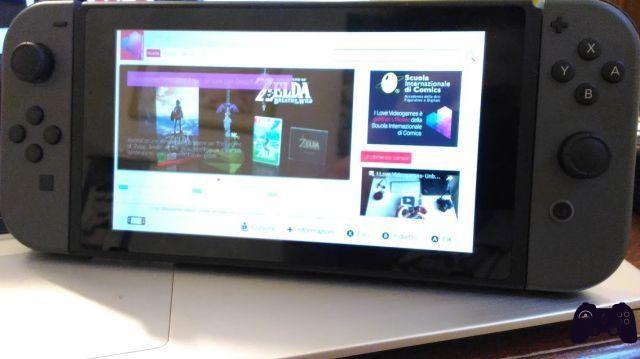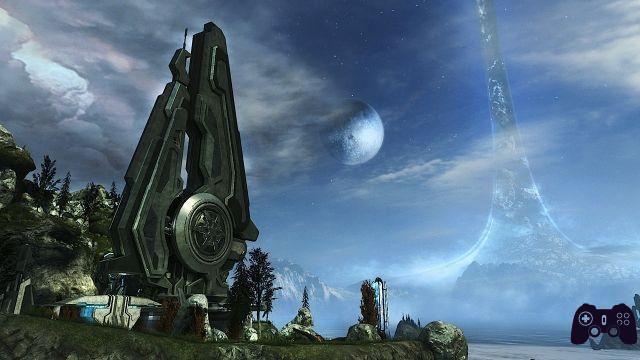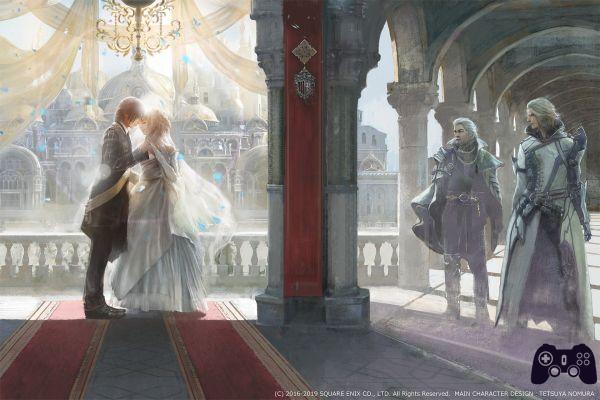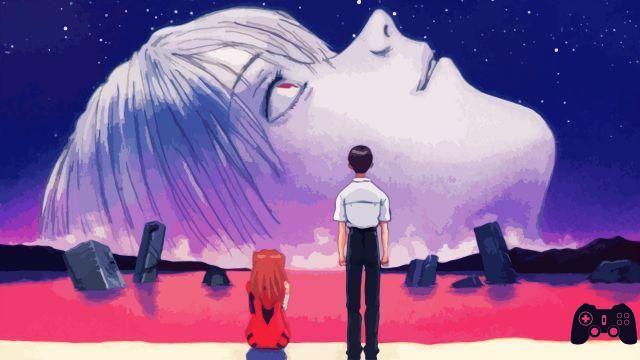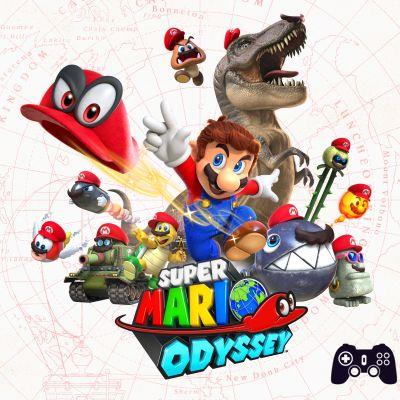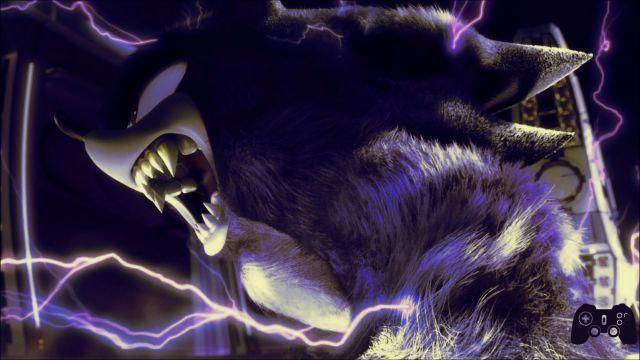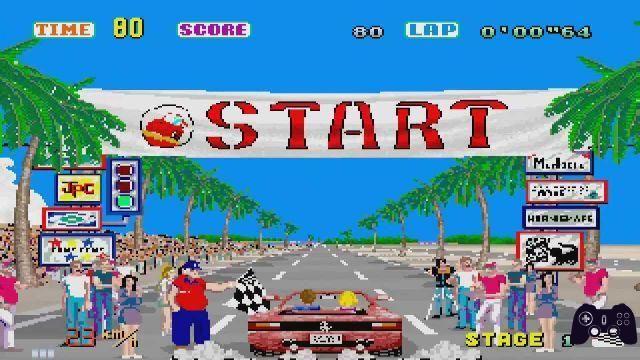
NB: On this page there will be numerous spoilers on bosses, prosthetic tools and other aspects of Sekiro's story, including the ending.
With the release of the latest title From Software, the debate on difficulty and accessibility has rekindled, not only in the video game in question, Sekiro, but on the difficulty as a barrier of access to the medium. In recent days you have probably glimpsed some episodes of this debate on Facebook (often precipitated into a bar brawl between elitists and new players displaced by the From Software approach to combat, which perhaps they are experiencing for the first time). It begins Forbes with an article in which he complains about the absence of an easy mode on Sekiro, arousing hilarity and a mockery from some fans. Then comes the provocations by disabled gamers who show how, despite heavy physical handicaps, Sekiro is playable from start to finish, with a little patience. Finally, Forbes portrayed and in a subsequent article invites people not to insult the author of the first article, but also reiterates how an easy mode on Sekiro is superfluous and potentially harmful.
With all the virtual ink spilled, the dialogue should be exhausted, but personally I believe that, despite everything, the discourse has been based on some fundamental assumptions to be re-discussed.
Far from wanting to attribute personal points of view to Sekiro's entire playerbase, I believe that, in general, in discussing the difficulty of the title, the user starts from these two assumptions.
- There is only one game difficulty and one way to approach the game (and this is good).
- An easy mode undermines the difficulty intended by the developers in designing and balancing encounters (and this is bad).
We have come a long way since the release of Dark Souls in 2011, and are now mature enough to distinguish between natural difficulty and artificial difficulty.
The latter generally indicates that type of danger / obstacle placed in front of the player that leads him to the game-over, unless he has already had experience of that particular content previously.
The definition of "natural" difficulty, on the other hand, is much more nebulous.
When can a game be considered difficult? The "difficulty" is an extremely subjective parameter, a function of the player's skill repertoire.
Even remaining in the field of action games, there are those who find more difficult fights where the dangers are many and require considerable memory efforts, and others who find it more difficult those with few dangers but which require timing and dexterity. Sekiro manages to resume the best offered by the first Dark Souls in managing the difficulty level.
Skill and dexterity remain fundamental requirements, but thanks to a shrewd game design it is possible to avoid a technical difficulty that can lead any game to be excessively punitive and repetitive.
Even at its peak of difficulty, in Sekiro we are light years away from situations such as the clash with the Ancient Dragon, the clash with Sans in Undertale's Genocide mode, or purely repetitive challenges like the 800 dash challenge of HyperLight Drifter.
Then there are objects and tools to further help the player, arranged along its path in a non-random manner.
An attentive player, who explores all environments, will have several more tools than those who rush on the main path. And this is where the first point made by the purists fails, namely the fact that there is only one way to approach the adventure in Ashina, and that any simplification of the gameplay would affect the gaming experience, which would become worse in any case.
But does Sekiro really only have one level of difficulty?
Kuro talisman Once the game is complete, in NG + and in all new games, it will be possible to return the talisman he gave us to Kuro.
Try it to experience something very similar to a hard mode.
Here's an example: My first fight with Falena (Lady Butterfly) was incredibly punishing: In addition to the difficulty of the encounter itself, I visited the Hirata estate before facing Gyobu Masataka Oniwa, and therefore with a basic level of Attack, Vitality and Posture, and with only two uses of the healing flask. You can imagine the number of attempts required to beat her, and also my mood when, after beating Gyobu and then Genichiro Ashina at the top of the observatory with relative ease, I realized that Moth was not conceived as the first boss. Falena is the first attempt with which the game tells you "you are free to choose the path you want, but not all are the same".
In my second rescue I faced Moth after Genichiro and the Senpou Temple Monkeys (which, thanks to the puppeteer's Ninjutsu, also make it very easy to fight Juzou the drunkard, the miniboss before Moth).
In addition to already having two complete rosaries, I had a much higher attack level thanks to the memories of 3 bosses, and the charges of the healing flask were 6, three times the amount of the first attempt.
Finally, ripping Shuriken to increase damage to enemies in the air.
The conclusion seems obvious: the fight was much easier than in the first playthrough, even considering the accumulated experience.
Is there a difference between a victory snatched against all odds, compared to the obvious triumph of the second run?
It could be argued that this is an edge case related to an optional boss, but it is not: Even staying on the main road, there are many examples of how it is possible to make the experience simpler, or even trivial.
All the rosary beads could be recovered before facing Genichiro; Genichiro is extremely vulnerable to the stunlock inflicted by the Shadow Assault combat art, unlockable in the first skill tree; you can learn a way along the roofs of the castle to completely blast the optional boss Saze Jinsuke.
Speaking of Saze Jinsuke, like all samurai, is weak to the deviations performed with the Loaded Umbrella, which allows you to kill him without difficulty: the worst threat of Jinzuke is to inflict damage on us in case of blockage, but the deviations are extremely simple if performed with an umbrella, and Jinzuke does not have enough posture to resist so many deviations.
As the game progressed, the Guardian Monkey in the first phase was a nightmare, but once she learned her vulnerability to fire it was enough to bring in oil and the Molten Jet to keep her stuck for most of the first phase.
"But the tools are part of the game, if you play without mistakes"
But even in this case the starting assumption is no longer valid, namely that the game difficulty is unique and that the game is better thanks to this uniqueness.
Even the most difficult bosses are beaten by players with the basic level of Attack, Vitality to Posture, confirming that leveling the Wolf is nothing more than simplifying the game experience, therefore not strictly necessary.
Just what according to purists ruins the game.
In short, if you really want to defend this experience at all costs, you should at least show live the fight with Isshin, faced with active Bell Demon, basic levels of Posture and Vitality, without tools, objects, or fighting arts strictly no. damage. And in case you have wondered, yes, it is possible.
Even remaining a purist of the blade, in fact, Sekiro has a deeper gameplay than what can be seen at first glance.
The first few days were for everyone a painful recalibration of our expectations from Bloodborne or the Souls.
Many players had to painstakingly forget the conditioned reflexes that led them to avoid any damage with dodging.
“Deviations” was the mantra repeated ad nauseam, both during the previews and after the release of the title.
Looking at tactics from speedrunners and other experienced players, it seems dodging is finding its place in Sekiro's gameplay.
Relegated to an emergency mechanic, dodging instead finds its place in all those very heavy and slow enemy attacks, which the game communicates to us with a characteristic sound during the deviation and with an animation of the wolf in difficulty.
Some examples of this mechanic are Genichiro's Dunk and Owl's Sweep: in both cases, even a perfect deviation inflicts considerable damage to our posture, while a dodge at the right time allows us to avoid any damage and counterattack. In the case of Genichiro, the dunk-sweep combination is punished to the maximum with a dodge counterattack followed by a jump.
The gameplay makes different approaches to combat available, each with their own pros and cons.
But then is it legitimate to ask for an easy way?
Obviously not.
The reason you are here, (or rather, for which I am writing) is not determining if Sekiro is too easy or too difficult, but whether an easy mode would have achieved the goal of making the game more accessible without affecting how the player experiences the game.
The gameplay justifies the means
As you will have understood from the examples I have given, the point I am trying to make is that Sekiro offers enough options for make the game less difficult. However, this is my personal consideration: if a large number of people were stuck on one or more bosses, I would not be opposed to introducing other ways to make the game easier, or to the possibility that, in its next titles, From Software further expands the number of shortcuts available for less skilled players. I don't think it's the enemy's health or the damage they take that adds to the experience of From Software titles. 20% more or less damage does not turn Sekiro or Dark Souls into a different experience.
As long as the pure approach of the game offers enough challenge to even the most skilled players, welcome it offers loophole even to the less skilled players.

Arigatou, Miyazaki-san! The director is a measure of all things, or at least Miyazaki's level of difficulty. Good Hidetaka believes he is poor at action games, but has completed all FS titles under his direction, apparently.
So why, despite everything, am I against an easy mode?
A radical difference between offering solutions like the ones above, easy mode in fairly difficult games (in higher difficulty levels), such as titles can be devil may cry e Shin Megami Tensei, and that in the first case the simplification of the experience takes place without interruption with the play phase.
In the two aforementioned titles, the option to switch to easy mode is often offered following repeated game overs (at least for the first few chapters). The game does not change, but the protagonist becomes more resistant, or the enemies weaker.
As subtle as the difference may seem, lowering the difficulty by exiling the bell demon is not as invasive as changing difficulty with a selector from a menu.
An alternative, which instead could be considered, is for example a spirit of the bell with positive effects on the player's statistics and negative effects on the drop rates of money and skill points (the opposite of the bell demon). Or even increase the number of transportable healing items, such as tablets.
It is always about making the game easier, about making the Wolf more resilient and stronger, but in one case we would have a clear division of the players into two categories, who completed it in easy mode and who completed it in mode normal, and in the other we would have as subtle a difference as having used the evocations of ghosts in previous chapters.
In case you have been patient for all this ranting, fear not, we have come to conclusions.
Even if it might seem like a provocation, it is true that Sekiro is a simple game for masochists: it is up to the player to decide how much to use the various ways the game offers to simplify the adventure through Ashina, whether it is to level the vitality of the wolf or to take advantage of the most effective prosthetic tool.
Despite the various solutions offered, the game could still be very punishing, and in several places it is.
The "natural" difficulty is not only in the challenge itself.
The player finds it in facing unaware of a whole title with such multifaceted gameplay.
The fan of the works of Miyazaki is the kind of player who even today, where the speedruns start coming out on the day of the release because there are chains that break the day one, they shoot the whole game without spoilers for the sake of taking blows on the nose, for that feeling of panic when the Guardian Monkey stands up brandishing his sword, for the frustration and surprise you feel when the Corvin ninja smashes him on the roof of Ashina's castle, making a couple of saints come down from the sky as well as the ninja.
In Sekiro, difficulty meets the tastes of the player. And Sekiro players like the difficulty.
However, this does not mean that the title has value only because it is difficult. Whether you've defeated the demon of hatred as a purist or abused the invulnerability offered by Suzaku's umbrella, you'll still have to dodge most attacks like everyone else did.
When Gough Hawkeye speaks to the player about the dragon hunt he describes it as the highest calling for a knight.
Exhilaration, pride, hatred, rage… dragons teased our dearest emotions.
The sense of tension and danger hangs over the player regardless of how well they are prepared for the fight, regardless of how many levels of attack they have achieved. Numerical balance is important in any game, but the kind of obstacle Sekiro puts in front of you is unlikely to be overcome with just a couple of extra heals.
The exaltation of victory in titles like those of From Software are not a function of the parametric value of the health of the bosses.
Discussing options to make the game easier is not heresy.
For those who want a difficulty slider from the pause menu, there are Tomoe's lightning bolts.




